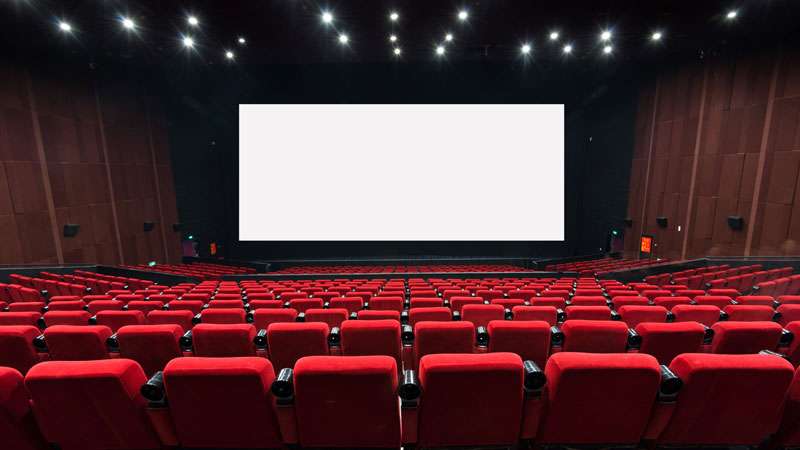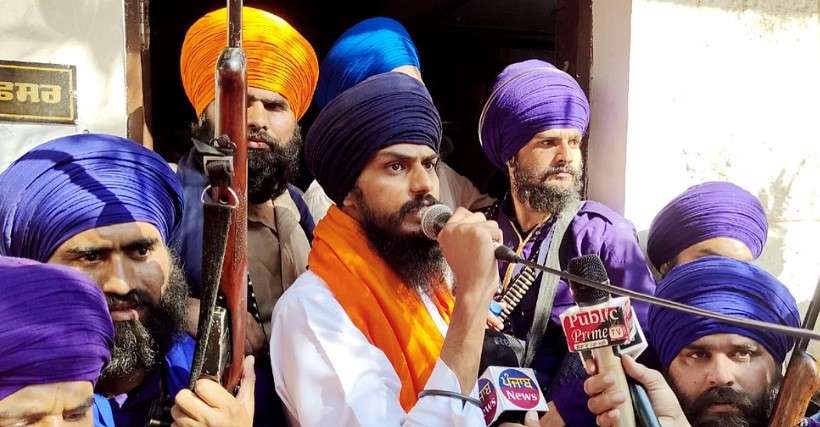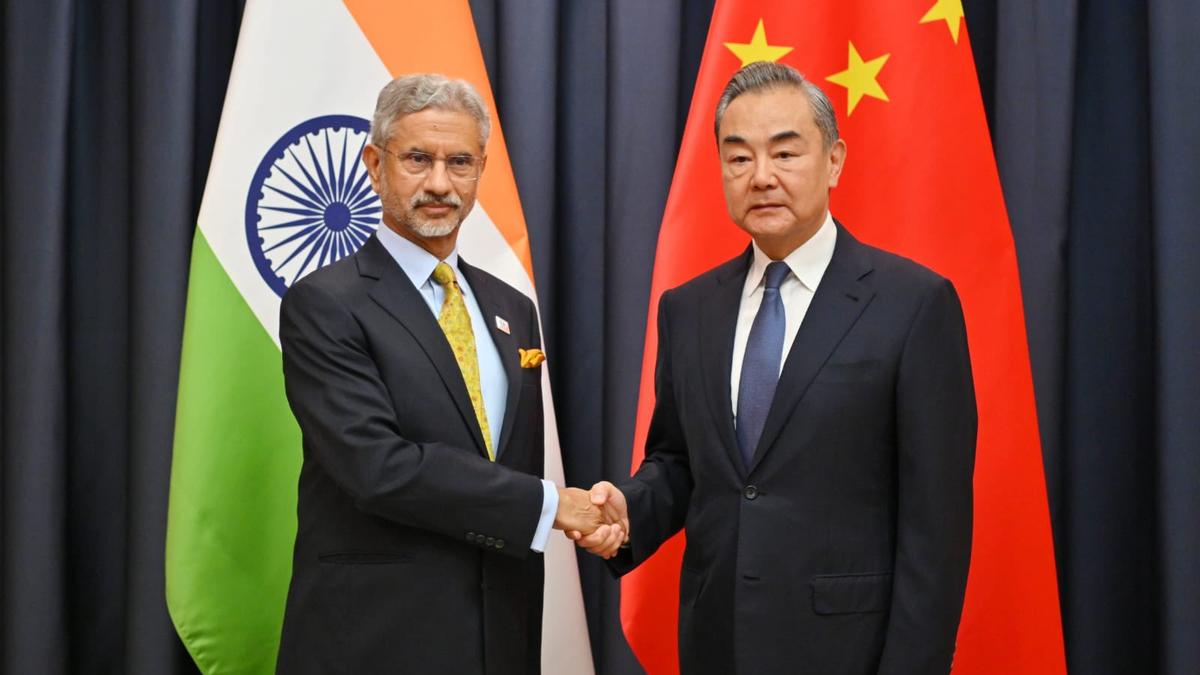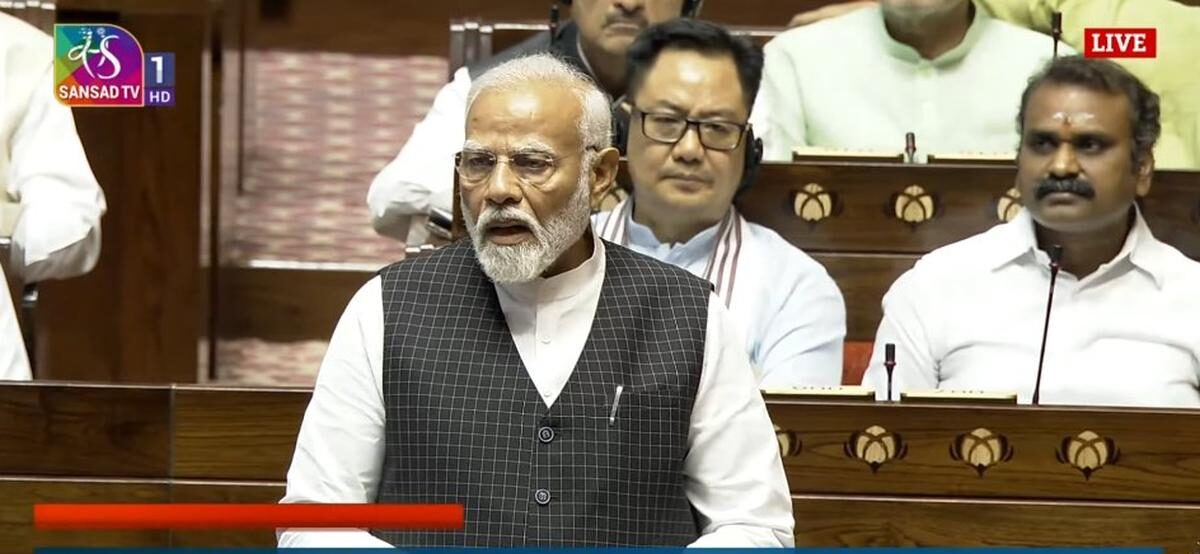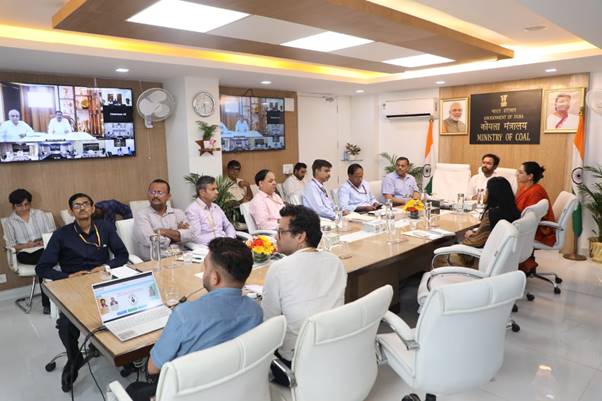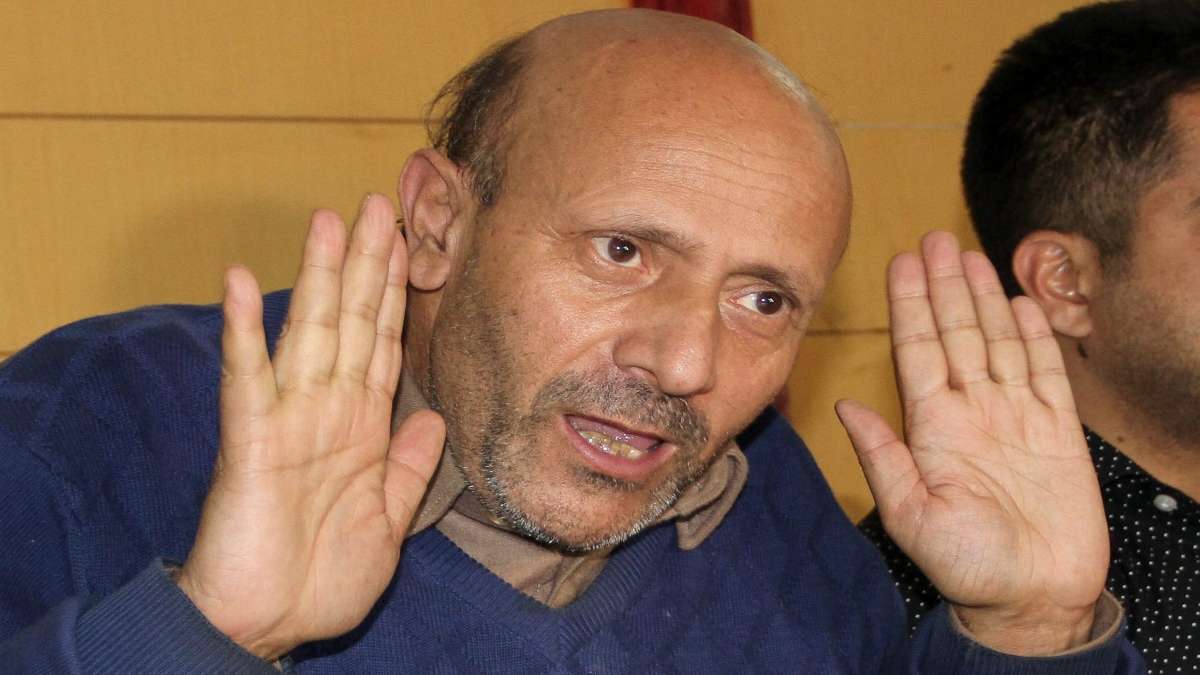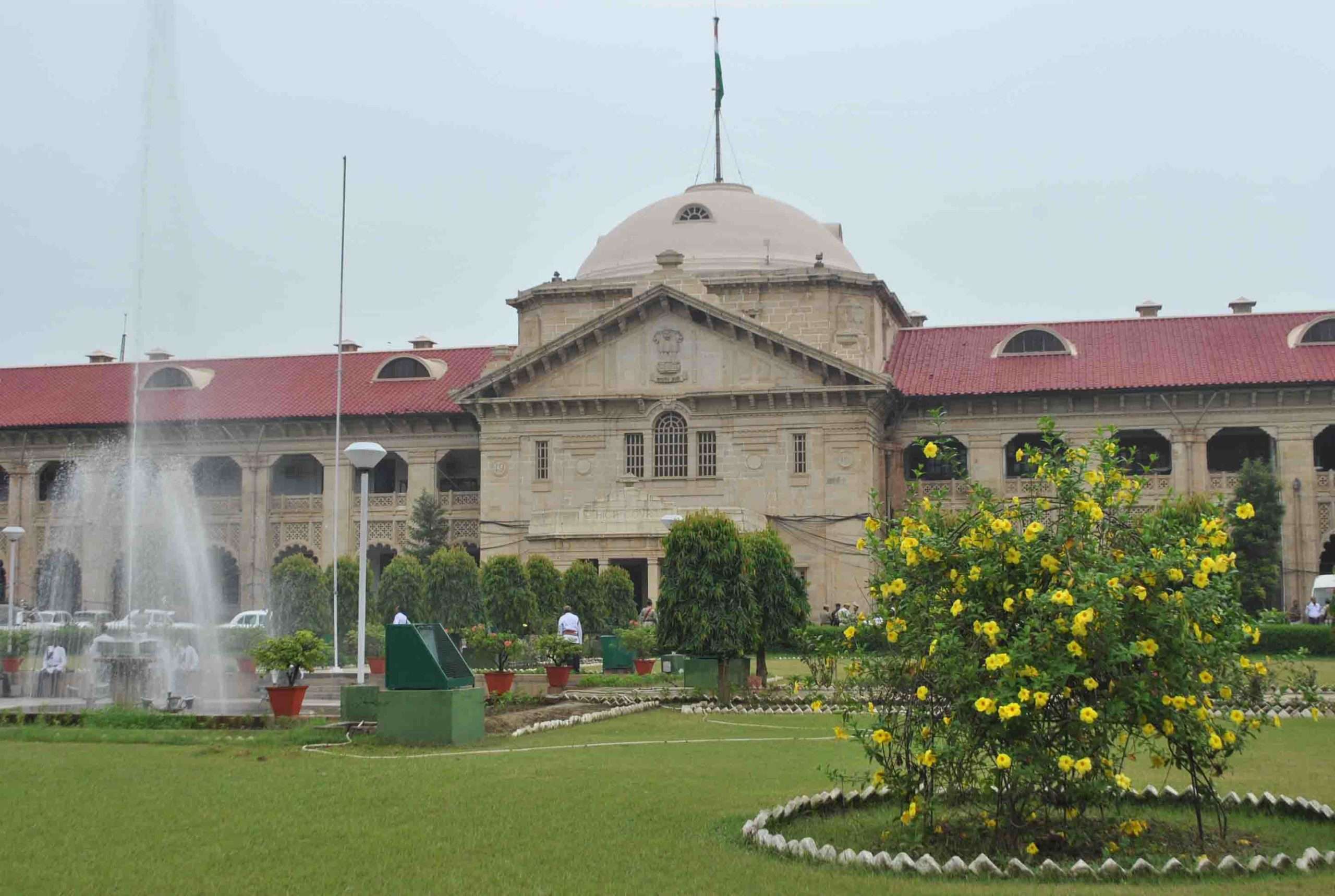As per the report published by the State Bank of India (SBI), the Mumbai-based Hindi film industry, popularly known as Bollywood was said to be at an inflection point, unlike any other disruption it has faced in the past. The information has been revealed in the report titled ‘Reminiscing the days of Friday blockbuster Bollywood releases: are we witnessing a behavioral shift in viewers’ psyche of a new India?’, published by the research team led by Group Chief Economic Adviser, Soumya Kanti Ghosh. Four major issues that are negatively affecting the Hindi movie industry are highlighted in the report. Terming the Bollywood film industry as ‘soft power to the ‘Idea of India’, the report has tried to outline some of the reasons and embark on some suggestions which can help improvise the situation.
The report states that post the COVID-19 pandemic, there is a huge change being witnessed in the consumer behavior of the cinemagoers due to the two years of lockdown. It said:
Covid-19 did something that two world wars couldn’t do: it closed down cinemas.
A shift in human behavior could hold the aces for movies going forward. This shift in human behavior reminds us of the power of human civilization to embrace the past but be aligned with the future.
The decline in single-screen theatres and rise in multiplexes was noted in the report as one of the major causes of the problems faced by the Hindi movie industry. The report said:
At a multiplex, the ticket cost is three to four times more than at single-screen theatres. The costly ticket prices are also due to the high entertainment tax for Hindi movies. Interestingly, 62% of the single-screen theatres are in South India, with North India having a share of only 16% followed by West with 10% of all single-screen cinema halls.
The report further said that it could also be the reason why movies in south Indian languages were generating more revenues than Bollywood movies lately.
According to various industry estimates, nearly 40-45% of the lifetime box-office collections of hit Bollywood films used to come from non-multiplex zones in India. Thus, with the declining share of single-screen theatres and South Indian movies taking a larger share through dubbed versions, Bollywood filmmakers should rethink their content and distribution strategy. But who knows, one blockbuster could again set the cash ringing at the box office.
Citing statistical data, the report said that the content quality of Bollywood movies declined in recent times. As per the report, the average Internet Movie Database (IMDB) rating for the 43 Bollywood movies released since January 2021 was just 5.9, way below the 7.3 rating of 18 Hindi dubbed movies. Noting that the content quality does not directly correlate to the popularity of the movie, the report said:
A simple regression exercise indicates that an extra one-point IMDB rating leads to rupee 17 crores more collections.
Less number of movies released since 2021 was also cited as one of the reasons why Bollywood revenue has declined. It said:
In the pre-pandemic world, on average 70-80 movies were released per year in the Hindi language with the collection ranging from rupees 3,000-5,500 crore. However, since January 2021, a total of 61 movies have been released in the Hindi language (Original + South/English dubbed in Hindi) till August 11, 2022. The collection for the 61 movies is a mere rupees 3,200 crore.
The rise of Over-The-Top (OTT) platforms in recent years was also cited as a major factor affecting the Bollywood film industry. As per the report, demographic profiles across the states might be impacting moviegoers as online platforms come up with different genres in the content they offer, like action, horror, drama, thriller, and comedy. It said:
The millennials use more of these (online) platforms to watch the genres they prefer the most. South Indian states have a higher share of elderly people compared to North Indian States who would still prefer watching movies on the big screen in theatres than on OTT platforms.


